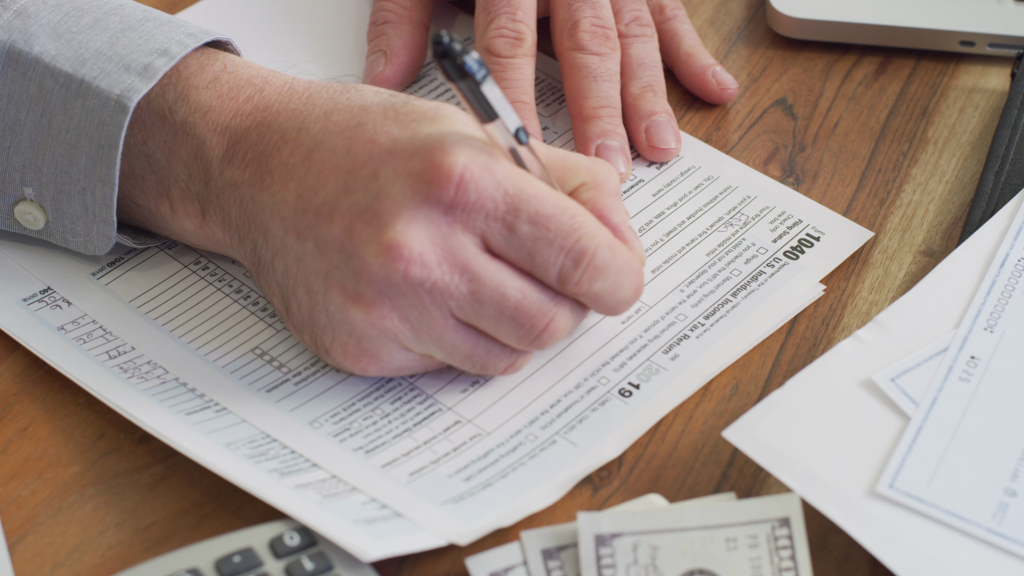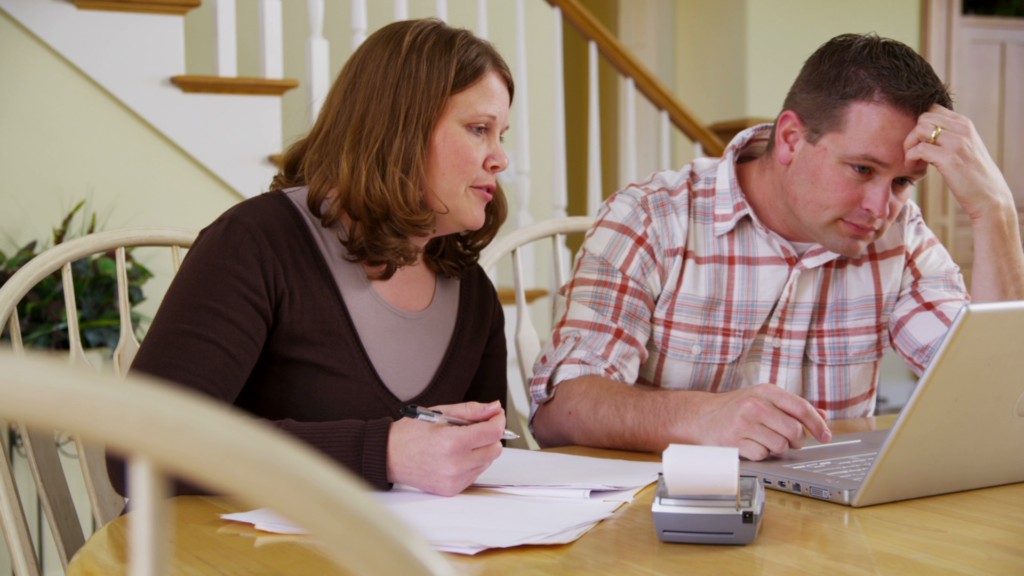
Introduction: Refinancing your mortgage can be a strategic financial move that lowers your monthly payments and has the potential to increase the overall value of your property. In this blog post, we’ll explore how refinancing can impact property value and provide tips on maximizing its benefits.
Understanding Property Value and Refinancing: When you refinance your mortgage, you replace your existing loan with a new one, typically with more favorable terms such as a lower interest rate or a shorter loan term. By reducing your interest rate or adjusting the loan term, you can save money on interest payments over the life of the loan.
Impact on Property Value: Refinancing can indirectly impact your property value in several ways. First, by lowering your monthly mortgage payments, you free up more disposable income, which you can use to invest in home improvements or pay down other debts. Second, suppose you switch from an adjustable-rate mortgage (ARM) to a fixed-rate mortgage (FRM). In that case, you gain stability and predictability in your monthly payments, making your property more attractive to potential buyers.
Tips for Maximizing Property Value Through Refinancing:
- Improve Your Credit Score: Before refinancing, improve your credit score by paying down debt, resolving any outstanding issues on your credit report, and avoiding new credit inquiries. A higher credit score can help you qualify for better loan terms and lower interest rates.
- Consider a Cash-Out Refinance: A cash-out refinance allows you to tap into your home’s equity by borrowing more than you owe on your current mortgage and receiving the difference in cash. Use the funds from a cash-out refinance to make home improvements that enhance your property’s value, such as kitchen renovations, bathroom upgrades, or landscaping projects.
- Choose the Right Loan Term: When refinancing, consider whether to opt for a shorter or longer loan term based on your financial goals and circumstances. While a shorter loan term may result in higher monthly payments, it can save you money on interest over time and build equity faster. Conversely, a longer loan term can lower your monthly payments but may cost more in interest over the life of the loan.
- Shop Around for the Best Rates: Don’t settle for the first refinancing offer you receive. Shop around and compare rates from multiple lenders to find the best terms and rates for your refinanced mortgage. Consider working with a mortgage broker who can help you navigate the process and negotiate on your behalf.
- Factor in Closing Costs: Before refinancing, consider the closing costs associated with the new loan, including origination fees, appraisal fees, title insurance, and other expenses. Calculate the breakeven point to determine how long it will take to recoup the closing costs through savings on your monthly mortgage payments.
Conclusion: Refinancing your mortgage can be a strategic financial move that saves you money on interest payments and increases your property’s overall value. By understanding how refinancing impacts property value and following these tips, you can make informed decisions that maximize the benefits of refinancing for your financial situation and long-term goals.









